Introduction
When you start a new iron casting production business, there are several key items of equipment that you will need to get the job done. In this article, we will discuss the essentials of casting production and what equipment you will need to get started.
Casting is the process of creating a mold from a pattern, and it is used in a variety of industries, including automotive, aerospace, and medical device manufacturing. Let’s take a closer look at the main pieces of equipment used in iron casting production.
1. Furnace
The first item of equipment needed for casting production is a furnace. This is usually powered by coal, natural gas or electricity and can reach temperatures of 1500°C (2732°F).
The use of heat allows the metal alloy to be melted and poured into the molten iron. This furnace can be gas or electric, depending on your needs and budget.
The furnace melts the metal in order to form it into the desired shape. Gas furnaces are usually used for large-scale industrial production, while electric furnaces are more suitable for smaller operations.
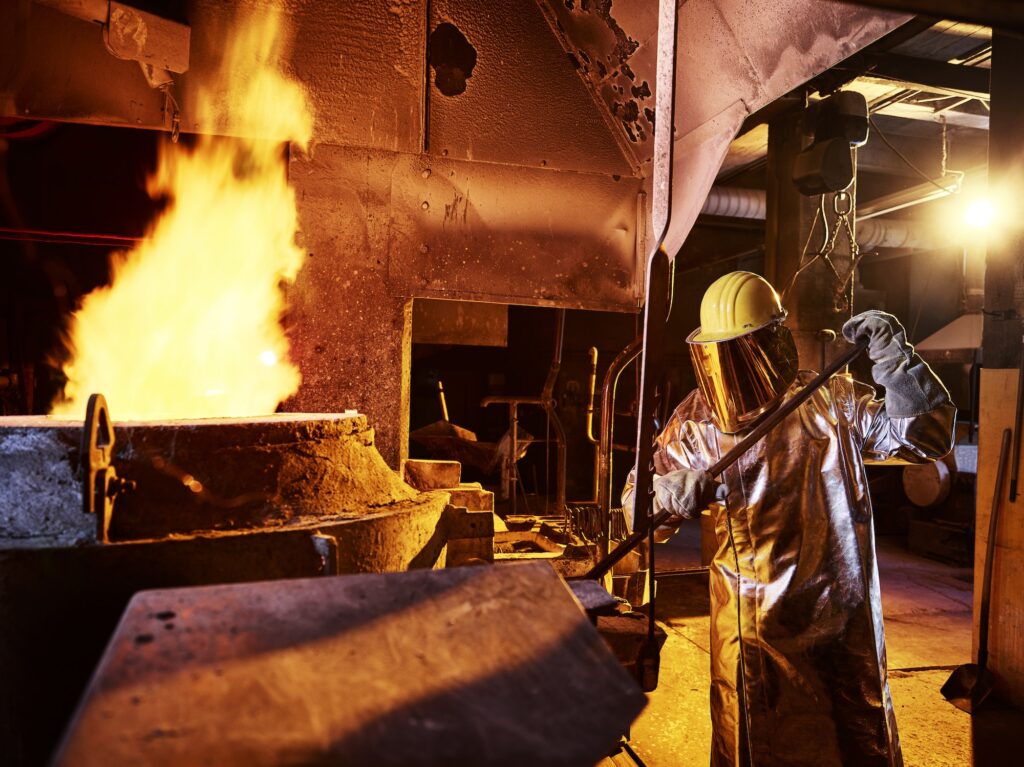
2. Casting Ladle
The second item of equipment that is essential for casting production is the casting ladle. This is a container that holds the molten iron and allows it to be poured into the casting mold.
It prevents the waste of precious material and helps to control the temperature more precisely.
It also has a lid that prevents any kind of debris, dust or contamination from entering the molten metal during transport. This ensures high quality castings with minimal defects.
3. Furnace Regulator
The third item of equipment is the furnace regulator.
It regulates the temperature of the molten metal so that it remains consistent throughout the process. This is the key to the successful production of iron castings.
The furnace conditioner also ensures that the molten metal has a uniform chemistry and composition ideal for use in making castings.
Once the molten iron is ready to be poured into the mold, a ladle is used to transport it into position. This tool must be able to withstand extreme temperatures without being damaged or deformed during handling.
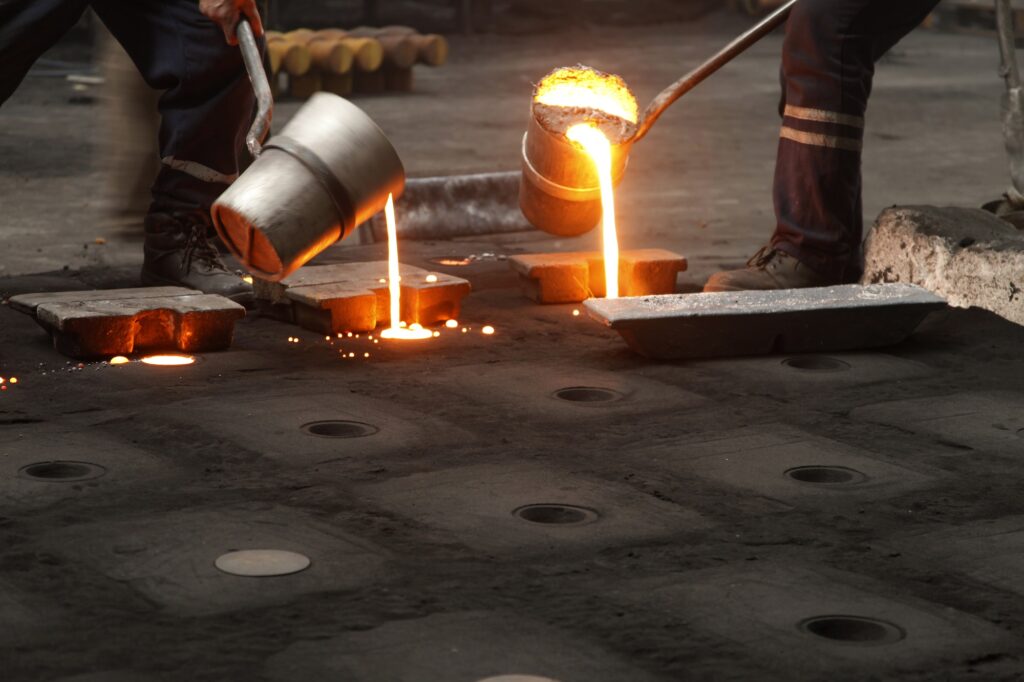
4. Pouring Tank
The fourth item of equipment required for casting production is the pouring tank. This is used to transfer the molten metal from the ladle to the mold.
The pouring pot directs the flow of metal and helps ensure that the metal fills all areas of the mold evenly. It is important to ensure that the correct metal temperature is maintained to create high quality castings.
This pouring pot can also be equipped with various filters and strainers to remove any impurities from the molten metal before it is poured into the mold.
5. Sand Mixer
The fifth item of equipment is the sand mixer, which processes the sand for casting. The sand is mixed with additives to form the molding material.
The sand mixer mixes together molding materials such as clay, water and other lubricants. This is done by using a rotating mixer that ensures that all components are mixed evenly.
Afterwards, the sand is transported to the molding area by a conveyor unit.
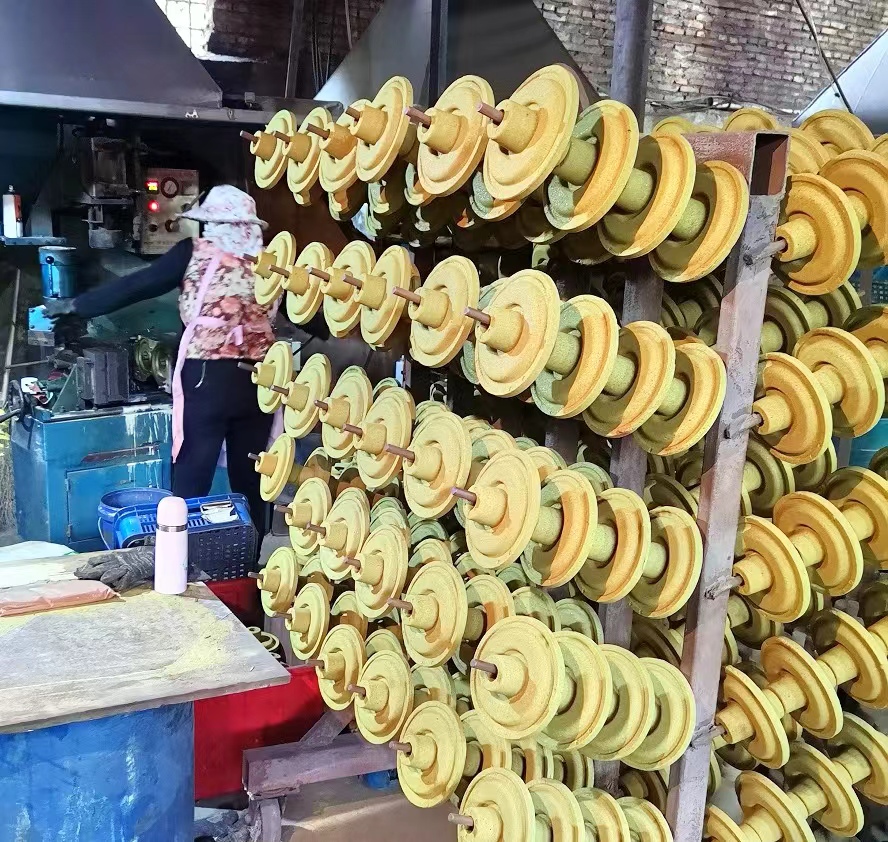
6. Core Making Machine
The sixth item of equipment is the core making machine. This machine forms the cores that support the molten metal during the casting process.
In addition, this machine is used to form the inside of the casting. The core making process can be manual or automatic, depending on the complexity of the casting design. Finally, some core making machines use a combination of air and sand to make the core.
7. Cutter
The seventh item of equipment is the cutter for cleaning, which separates the casting from the pouring system and the riser.
This is a very important tool because it allows for precise cutting with minimal damage to the casting. The cutter is usually made of steel and can be operated manually or with the help of an automatic system.
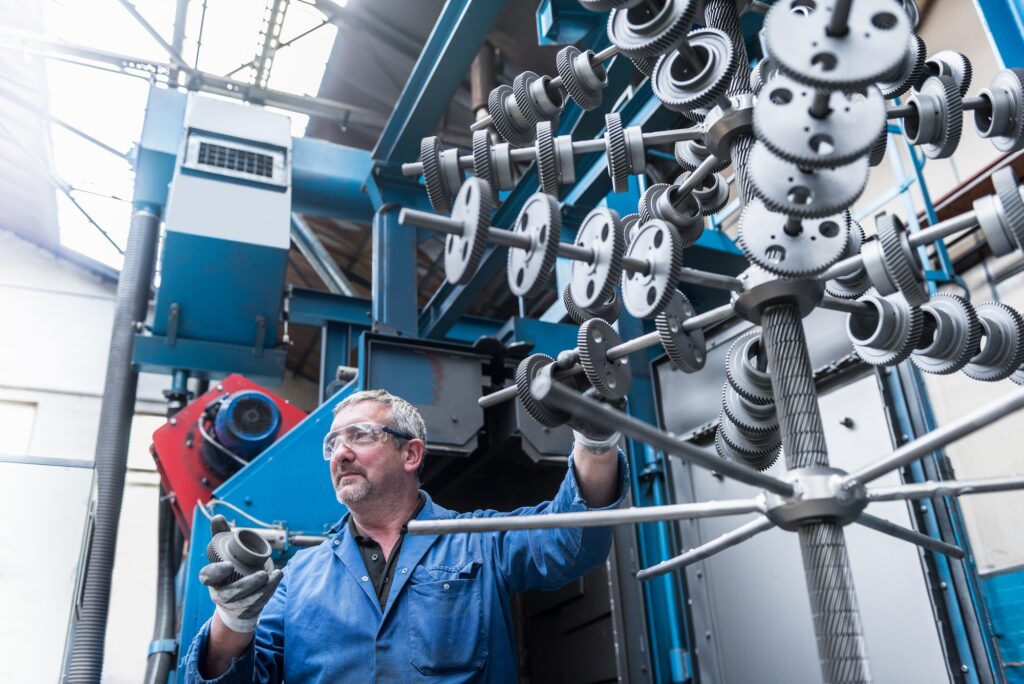
8. Shot Blasting Machine
The eighth item is the shot blasting machine. This machine is used to remove surface defects such as type sand, oxide, and flying burrs from the casting to give it a uniform appearance.
Shot blasting helps create a smooth, attractive and consistent surface finish. It also removes scale from the casting that would otherwise affect the functionality of the part.
Finally, the blast machine is used to harden the surface of certain types of castings that require increased wear resistance or improved strength characteristics.
9. Grinder
The ninth item is the grinder. This is used to surface grind the casting, smoothing out any rough edges and giving it an aesthetic appearance. It also helps to reduce any defects in the casting itself.
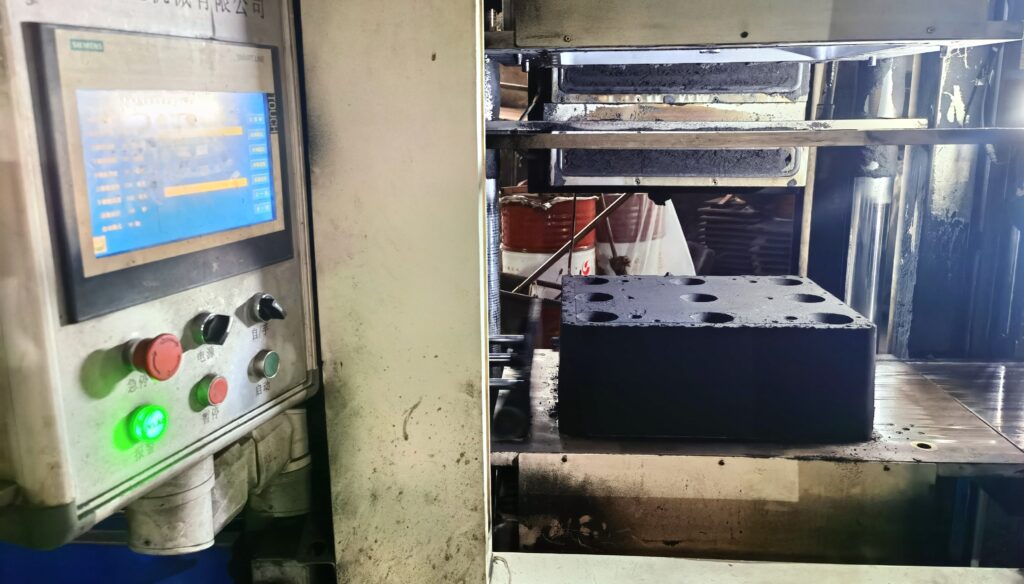
10. Molding Machine
The tenth item of equipment is the molding machine. There are manual bouncing machines and automatic molding machines.
This type of machine is used to make sand molds.
It uses a transfer device to move the sand into the desired shape and size of the casting. It is capable of making multiple sand molds in quick succession and uses very little manual labor.
11. Air Compressor
The eleventh item of equipment is an air compressor. You will need an air compressor to power the other equipment.
The compressor is used to create pressure as the air is forced through the hose. This pressure can be used to drive pneumatic tools such as drills, grinders and saws.
An air compressor also helps keep the tooling cooler, which helps them last longer.
In addition, an air compressor will help reduce dust particles in the workplace by providing a constant flow of clean air.
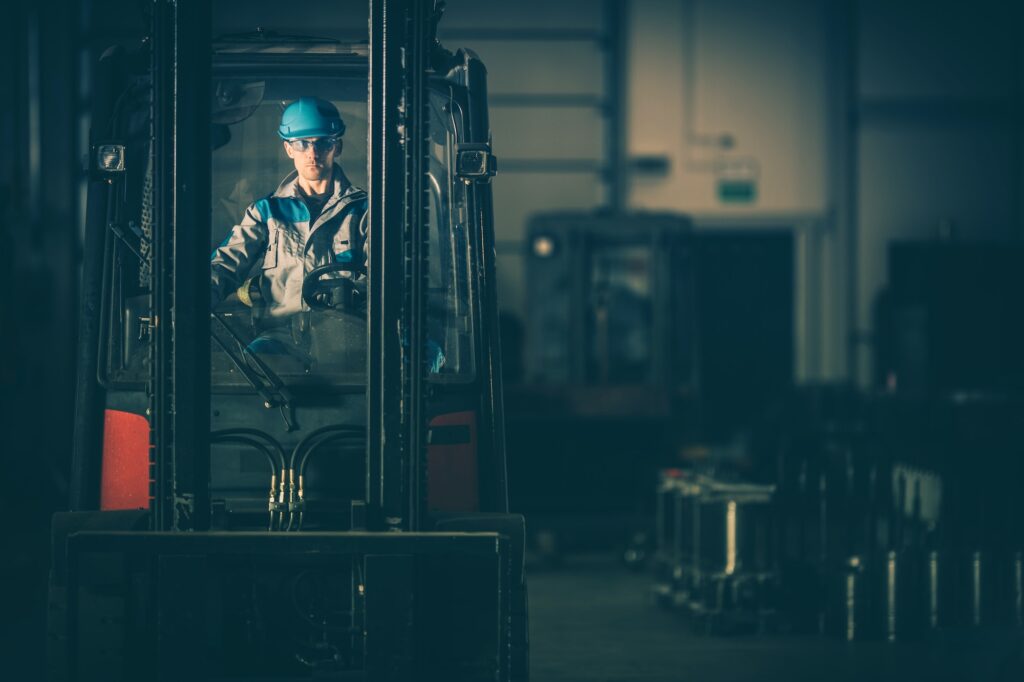
12. Loading Machine
The twelfth item of equipment is loading machines. This includes tractor shovels and forklifts.
The tractor shovel is used to clear sand from the site and the forklift is used to maneuver and transport large castings.
13. Inspection Equipment
The thirteenth item is the inspection equipment.
Including sand test apparatus, the quality of sand inspection;
material analysis apparatus, the material before melting, melting process and casting chemical composition analysis;
gradual mechanical properties tester, the mechanical properties of iron castings for testing;
nondestructive testing apparatus, X-ray, magnetic flaw detection and other methods to check the iron castings in the pores, shrinkage and cracks;
metallographic inspection instrument, check the specimen section to determine the iron castings whether there are pinholes, inclusions, segregation, coarse crystal and decarburization layer.
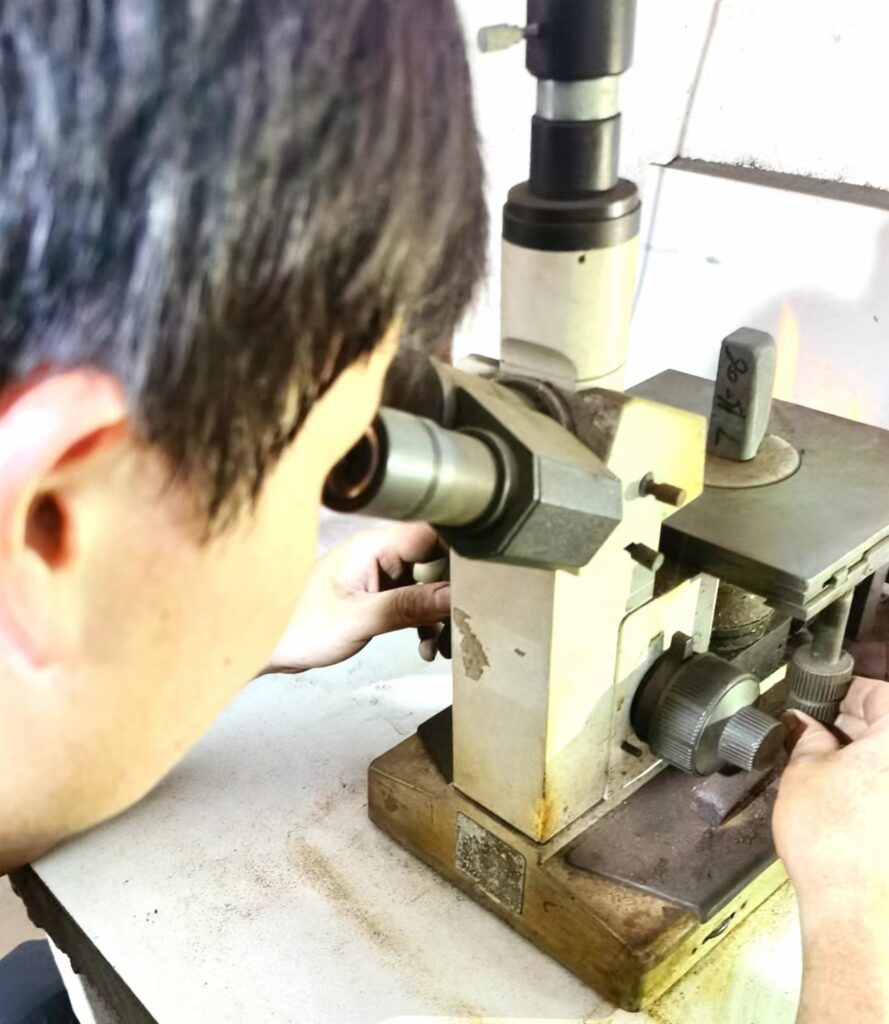
14. Dust Removal Device
The fourteenth item is a dust removal device. It is used to reduce the dust particles in the environment to keep the production process safe and efficient.
The device works by collecting dust particles from the air and then filtering them out through a cyclone before exhausting them into the atmosphere.
In addition, it helps to maintain the quality of the iron castings by removing any oxidation coatings that may have formed on them.
15. Machining Line
The fifteenth and last item of equipment needed is the machining line.
This is the final stage of production where lathes, drill presses, grinding machines, and other machining machines are used to shape the castings to part size.
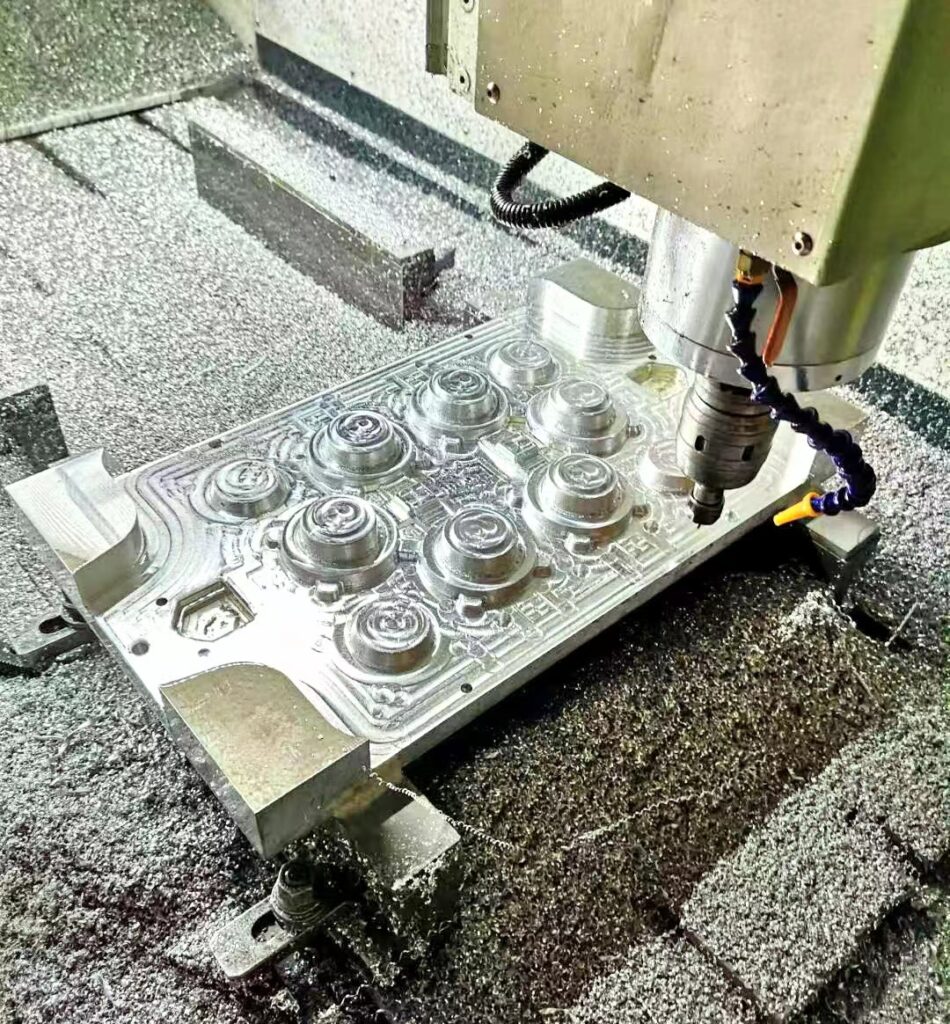
Conclusion
These are the major pieces of equipment used in casting production. By investing in these key pieces of equipment, you can ensure that your castings are produced to the highest standards and provide a consistent quality product.
If you are a buyer, when you are inspecting a foundry, you can also combine it with the list of equipment mentioned in this article for a thorough examination.
Castimoo is a manufacturer specializing in the design and production of gray and ductile iron castings.
We have 30 years of experience in the industry. We hope this experience can help more customers who need iron castings to get more value and profit.
